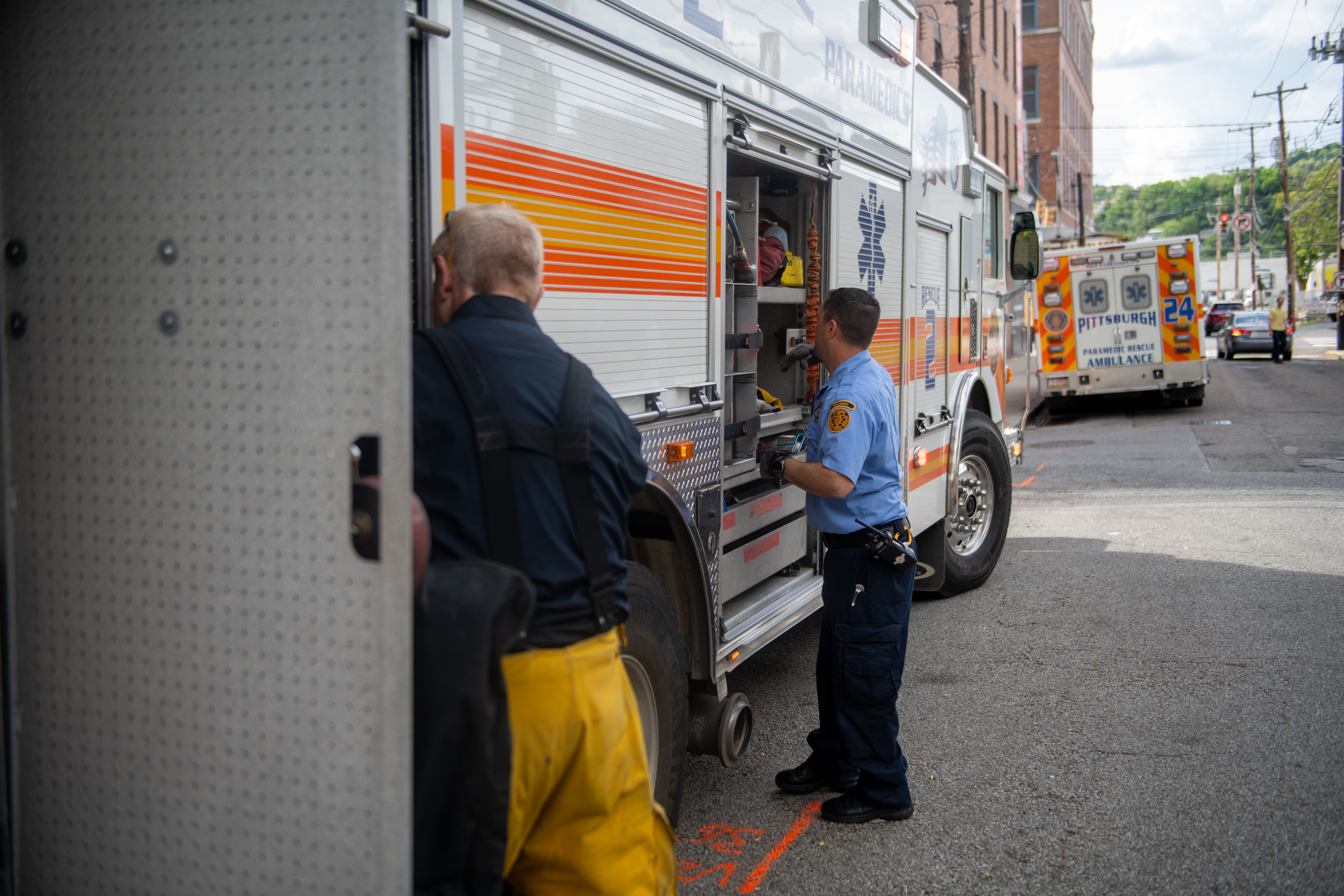How Can Your Agency Improve Your Pediatric Care?
Children remain a small percentage of the patients most EMS clinicians see; 81% of agencies receive fewer than eight pediatric calls a month. Yet these are among the most stressful encounters clinicians experience, says Kathleen Adelgais, MD, MPH/MSPH, professor of pediatrics-emergency medicine at the University of Colorado School of Medicine and co-lead of the National Prehospital Pediatric Readiness Project (PPRP) in the Health Resources and Services Administration's EMS for Children (EMSC) program. “They remember every kid they saw…They worry if they did the right thing, because it’s not something that they commonly manage, to see a child who is listless, weak or not breathing well and then to be struggling to find the right equipment, to know what the right medication is or the right protocol.”
This, in a nutshell, is why EMSC launched a robust assessment of prehospital pediatric readiness nationwide on May 1. “The Readiness Project was designed to empower EMS and fire-rescue agencies to optimize their overall readiness,” continues Dr. Adelgais. The assessment helped agencies understand what it means to be pediatric-ready. The goal was to have every ground 911 responding agency in the country, including fire-rescue and non-transporting agencies, complete the assessment by July 31, 2024.
After completing the questionnaire, an agency immediately received a confidential score and a gap report indicating how pediatric-ready they were. The agency could then consider their score in the context of the national average and an average score for agencies of similar size and with a similar volume of pediatric patients to benchmark their current performance. “This gave them a better understanding of their ability to provide high-quality care for children,” Adelgais explains.
The project developed a wide range of resources to help agencies take the next step in areas where there are gaps; a toolkit offers guidance for patient and medication safety, equipment and supplies, education, policies and procedures, and patient- and family-centered care, among other topics. You could also download a two-page checklist to quickly see specific competencies that make up a peds-ready EMS or fire-rescue agency.
In April 2024, Gam Wijutenge, director of NHTSA’s Office of EMS, moderated the webinar, “How Ready Is Your Agency to Provide Pediatric Care? Build Your Clinicians’ Confidence When Treating Children.” He was joined by Dr. Adelgais, Eric Hicken, EMS for Children and Special Projects Program Manager for the New Jersey Department of Health, and Chief Frank St. Denis, EMS Division Chief, Lenoir County Emergency Services in North Carolina.
Hicken called the feedback he received from agencies who’ve completed the assessment “remarkable.” “They’re happy with the gap report they received and the information they got back from it,” he said. “They’ve told me that they’re going to use it to improve their procedures and policies.” One of the most impactful changes an agency can make, he said, is adding a pediatric emergency care coordinator, or PECC, to their team. “Agencies that had a PECC scored remarkably higher… It’s not that hard to implement a PECC and get that person in place. And there’s no real cost to it because it could be a shared role.”
Chief St. Denis, a PPRP Assessment field test participant, found value in his agency’s results as well. “One of the nice things about the assessment is that they throw you back the national average, so you get to see how you align with the rest of the nation. We were a little bit shy of the national average, which I was kind of expecting. We are a rural agency; our resources are a bit limited. There are some things we have to do.”
“But,” he continued, “at the same time, some of the feedback given through the assessment was very simple, easy fixes that we’re able to do—maybe a training implementation we could do. One of the big things I learned was when [the survey asked about] our relationships with hospitals and providers; it was really easy to say, ‘okay, we need to have more sit-downs, more conversations and build better, stronger relationships with some of our facilities.”
To learn more about the survey go to emspedsready.org. You can also watch the April 2024 OEMS webinar and use the National PPRP toolkit of resources and checklist to learn more about becoming pediatric-ready at your agency.
Over 7,000 EMS agencies participated in the PPRP survey, so it will take some time to analyze the results. In the meantime, here’s what you can do next:
Share the results and gap report with your agency’s leadership (chief, educator, medical director, pediatric emergency care coordinator, etc.). If you didn’t save the gap report, you can request a copy.
Discuss a plan for how your agency might best tackle its gaps and explore the PPRP Toolkit for vetted resources to help you with them.
Prehospital Pediatric Readiness doesn’t just happen. Now that you’ve assessed your agency’s readiness your next move is taking the steps to improve, and to make sure you’re really “peds ready.”



